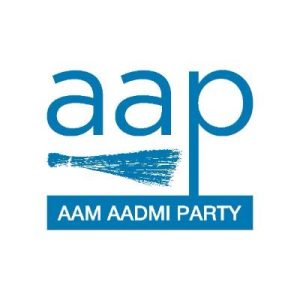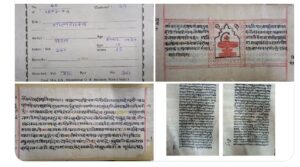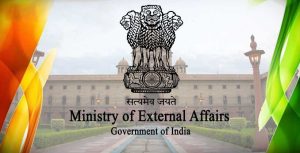New Delhi, 27 Aug: While the Chandrayaan-3 rover performs tests on the moon, Indian Space Research Organisation (ISRO) scientists have set their sights on their next goal – the Sun.
The Aditya-L1 satellite observatory for solar research, India’s first, is preparing for launch at the country’s primary spaceport in Sriharikota.
What is Aditya-L1 going to do? The Aditya-L1 spacecraft is intended to deliver distant views of the solar corona as well as research into the solar atmosphere. The mission will do comprehensive research on solar winds, which may cause disruption on Earth and are usually recognized as “auroras.” Data from the project might help scientists better comprehend the sun’s effect on Earth’s climate patterns in the long run.
When is the Aditya-L1 mission scheduled to launch? The satellite is ready and has already arrived in Sriharikota, but the exact launch date for Aditya-L1 will be announced in two days, according to ISRO chief S Somanath. The ceremony is likely to take place in the first week of September, with the space agency aiming for a launch on September 2.
What is the spacecraft’s range? The Aditya-L1 will fly 1.5 million kilometers aboard India’s heavy-duty launch vehicle, the PSLV. “From Earth, it will take 125 days after launch to reach Lagrange point 1 (L1). We’ll have to wait until then,” Somanath adds.
It will go to a type of parking lot in orbit where items prefer to remain there due to gravity forces balancing, lowering fuel consumption for spacecraft. These are known as Lagrange Points.
What will the mission cost? ISRO has developed a reputation for cost-competitiveness in space engineering that executives and planners intend to help the country’s now-privatize space sector.
With the Chandrayaan-3 mission, India became the first country to land near the moon’s South Pole. The expedition cost Rs 600 crore, which is the equivalent of a handful of blockbuster Bollywood films.
Aditya-L1 was manufactured for approximately half the price of Chandrayaan-3. In 2019, the government approved Rs 378 crore for the mission to research the Sun’s atmosphere. The ISRO has not yet provided an official cost update.





